The NVIDIA GeForce GTX 980 Ti Review
by Ryan Smith on May 31, 2015 6:00 PM ESTMeet The GeForce GTX 980 Ti
Like the rest of NVIDIA’s high-end cards in this generation, the reference GeForce GTX 980 Ti is launching with NVIDIA’s standard metal cooler. This design has served NVIDIA well since the launch of the GTX Titan in 2013 and continues to be the blower design to beat the high end, easily handling the 250W TDP of NVIDIA’s high-end cards without generating a ton of noise in the process.
As with so many other aspects of the GTX 980 Ti, the GTX 980 Ti’s cooler and build is a near-copy of the GTX Titan X. The only difference in the cooler is the paint job; GTX Titan X got a unique black paint job, while GTX 980 Ti gets the more standard bare aluminum finish with black lettering and a black-tinted polycarbonate window.
Otherwise there’s very little to be said about the GTX 980 Ti’s design that hasn’t been said before, so we’ll just recap what we said about the cooler design from our review of the GTX Titan X.
For GTX 980 Ti, NVIDIA has opted to leave well enough alone, having made virtually no changes to the shroud or cooling apparatus. And truth be told it’s hard to fault NVIDIA right now, as this design remains the gold (well, aluminum) standard for a blower. Looks aside, after years of blowers that rattled, or were too loud, or didn’t cool discrete components very well, NVIDIA is sitting on a very solid design that I’m not really sure how anyone would top (but I’d love to see them try).
In any case, our favorite metal shroud is back once again. Composed of a cast aluminum housing and held together using a combination of rivets and screws, it’s as physically solid a shroud as we’ve ever seen. The card measures 10.5” long overall, which at this point is NVIDIA’s standard size for high-end GTX cards.
Drilling down we have the card’s primary cooling apparatus, composed of a nickel-tipped wedge-shaped heatsink and ringed radial fan. The heatsink itself is attached to the GPU via a copper vapor chamber, something that has been exclusive to NVIDIA’s 250W cards and provides the best possible heat transfer between the GPU and heatsink. Meanwhile the rest of the card is covered with a black aluminum baseplate, providing basic heatsink functionality for the VRMs and other components while also protecting them.
Finally at the bottom of the stack we have the card itself, complete with the GM200 GPU, VRAM chips, and various discrete components. The GM200 PCB places the GPU and VRAM chips towards the front of the card, while the VRMs and other discrete components occupy the back. As with the GTX Titan X, GTX 980 Ti features NVIDIA’s reworked component placement to improve airflow to the discrete components and reduce temperatures, along with employing molded inductors.
NVIDIA once again employs a 6+2 phase VRM design, with 6 phases for the GPU and another 2 for the VRAM. This means that GTX 980 Ti has a bit of power delivery headroom – NVIDIA allows the power limit to be increased by 10% to 275W – but hardcore overclockers will find that there isn’t an extreme amount of additional headroom to play with. Based on our sample the actual shipping voltage at the max boost clock is a bit higher than GTX Titan X, coming in at 1.187v, so in non-TDP constrained scenarios there is some additional headroom through overvolting, up to 1.23v in the case of our sample.
In terms of overall design, unlike GTX Titan X and its 24 VRAM chips, for the GTX 980 Ti NVIDIA only needs to use 12 VRAM chips to get the card’s 6GB of VRAM, so all of the VRAM is located at the front of the card. Halving the RAM capacity simplifies the card a bit – there are now no critical components on the back – and it brings down the total VRAM power consumption slightly. However despite this, NVIDIA has not brought back the backplate from the GTX 980, having removed it on the GTX Titan X due to the VRAM chips it placed on the rear.
Moving on, in accordance with GTX 980 Ti’s 250W TDP and the reuse of the metal cooler, power delivery for the GTX 980 Ti is identical to its predecessors. This means a 6-pin and an 8-pin power connector at the top of the card, to provide up to 225W, with the final 75W coming from the PCIe slot.
Meanwhile display I/O follows the same configuration we’ve seen on the rest of the high-end GTX 900 series. This is 1x DL-DVI-I, 3x DisplayPort 1.2, and 1x HDMI 2.0, with a total limit of 4 displays. In the case of GTX 980 Ti the DVI port is somewhat antiquated at this point – the card is generally overpowered for the relatively low maximum resolutions of DL-DVI – but on the other hand the HDMI 2.0 port is actually going to be of some value here since it means GTX 980 Ti can drive a 4K TV. Meanwhile if you have money to spare and need to drive more than a single 4K display, GTX 980 Ti also features a pair of SLI connectors for even more power.
Finally, taking a look at the long term, I wanted to quickly hit upon the subject of the VRAM capacity difference between the GTX 980 Ti and the GTX Titan X. Essentially NVIDIA’s only remaining selling point for the GTX Titan X, the Titan will remain their only 12GB card for some time to come. For NVIDIA this means that they can pitch the GTX Titan X as a more future-proof card than the GTX 980 Ti, as it would be hard-pressed to run out of VRAM.
The question for the moment then is whether 12GB is worth a higher premium, let alone the GTX Titan X’s $350 premium. The original GTX Titan by comparison was fortunate enough to come out with 6GB right before the current-generation consoles launched, and with them their 8GB memory configurations. This lead to a rather sudden jump in VRAM requirements in games that the GTX Titan was well positioned to handle, whereas GTX 780 Ti and its 3GB of VRAM can struggle in the very latest games at 4K resolutions. Much like 6GB in 2013, 12GB is overkill in 2015, all the while 6GB is a more practical amount for a 384-bit card at this time.
But to answer the question at hand, unlike the original GTX Titan, I suspect 12GB will remain overkill for a much longer period of time, especially without a significant technology bump like the consoles to drive up VRAM requirements. And consequently I don’t expect GTX 980 Ti to have any real issues with VRAM capacity in games over the next couple of years, making it better off than the GTX 780 Ti, relatively speaking.


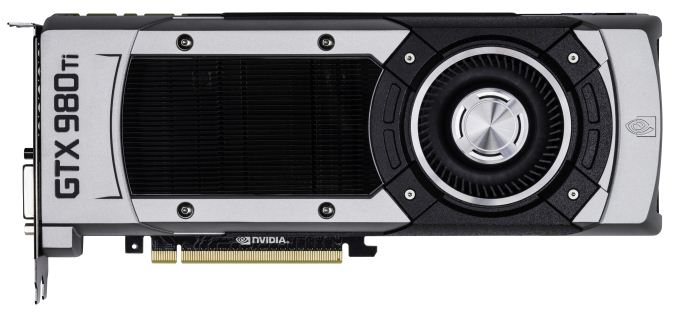
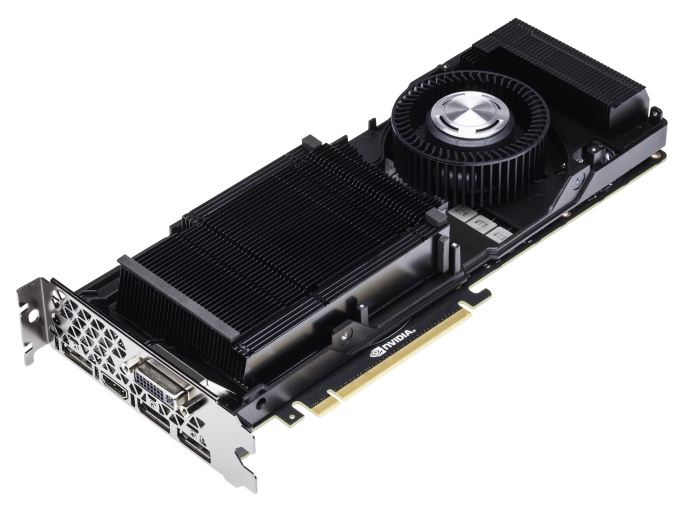
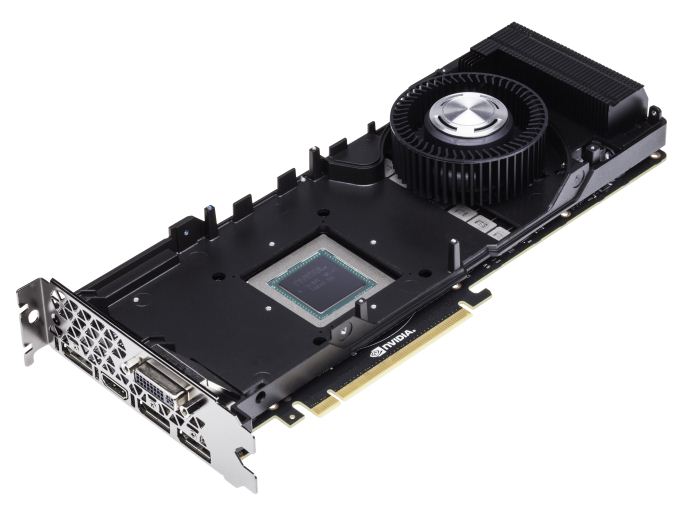
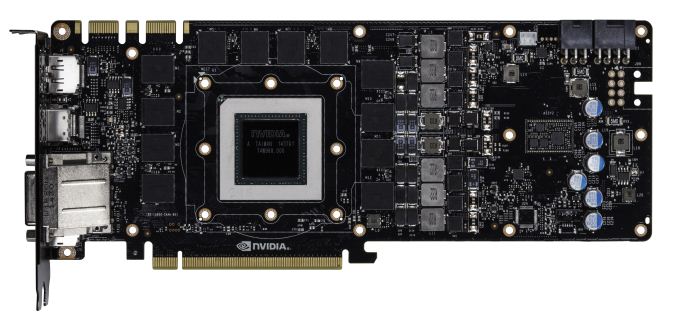

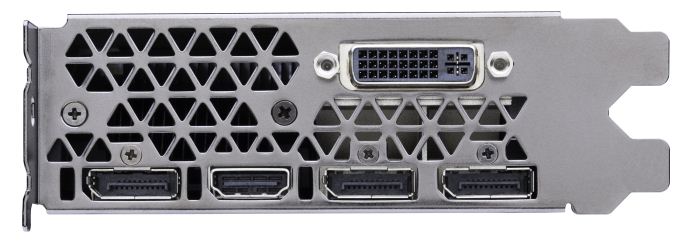








290 Comments
View All Comments
Daroller - Monday, June 1, 2015 - link
HAHAHAHAHA website lagged out and triple posted. That's awesome. Go go Google Chrome!naxeem - Monday, June 1, 2015 - link
I don't think it is all good with the overclocking part. On stock air (albeit 80% fan speed unless used Accelero IV at 40%) cooler TitanX cards easily get to 1300/1440 normal/boost clocks. Same cards on water got to 1375/1500 with cool-ish 55°C at max load. That applies to two TitanX in SLI with modified BIOS that allows for more power consumption and thus removes artificial limit.Since the chip is identical and 980Ti is actually partially defective TitanX with 50% less RAM and switched off defective parts, I highly doubt clock potential differs, especially not in favor of 980Ti.
I would and do expect 980Ti to clock the same as Titan X (loosing some on chip quality, gaining some on half the VRAM).
FlushedBubblyJock - Saturday, June 13, 2015 - link
Nope. Other test sites show the opposite - 980TI is an overclock monster and beats the TXtruongpham - Monday, June 1, 2015 - link
Ryan, can you bench this one with Windows 10 and DX12?Ryan Smith - Monday, June 1, 2015 - link
We won't be doing any complete Win10 benchmarking until that OS is finished and released. As for DX12, there are no games out yet that re using it; the handful of benchmarks are focused tech demos.cknobman - Monday, June 1, 2015 - link
Nvidia must have seen some undisclosed AMD benchmarks, went into panic mode, and rushed a release for the 980TI to get customers before the AMD launch.While its a great card the problem is Nvidia screwed some of their own customers.
I take this as a sign that whatever AMD is coming out with must be pretty good. :)
galta - Monday, June 1, 2015 - link
Maybe, but it could prove to be of little importance.You see, Win10 will be out on June 29th. Realistically speaking, DX12 games won't be real before Christmas or 2016.
It is more than enough time for a possible counterstrike from nVidia.
Having said that, unless one really really needs to upgrade now I would strongly recommend waiting for another month, just to check what Fiji is up to.
As of me, I have a pair of 980GTX Strix and have been with nVidia for a while, but I really hope AMD gets this one right.
Real competition is always good.
JayFiveAlive - Monday, June 1, 2015 - link
I've been waiting for this beast to drop... now to decide whether it's a good time to bite.Current setup is a 2500K OC to 4.4Ghz and a GTX 670, so kinda oldish... Was considering upgrading to a Skylake proc come Sept and this 980 Ti, but probably Gigabyte variant... hmmm.
Peichen - Tuesday, June 2, 2015 - link
Why upgrade CPU? 2500K at 4.4GHz is still very fast and shouldn't affect performance of a 980Ti much. Maybe 10% less fps vs if you have a 6-core Extreme but why spend $300-400 to get 10% improvement?mapesdhs - Wednesday, June 3, 2015 - link
Plus if he does need some more CPU oomph, just put in a 2700K. I've built six so far, every one of them happily runs at 5GHz with just a decent air cooler & one fan for quiet operation, though for final setups I use an H80 and two quiet fans. Some games will benefit from more than 4 cores, depends on the game (eg. PvP online FPS can involve a lot of host side scripting, eg. Project Reality, and the upcoming Squad).True though, 2500K is still very potent, just built a 4.8 setup for a friend. She lives on an island, it'll probably be the quickest system for miles around. :D